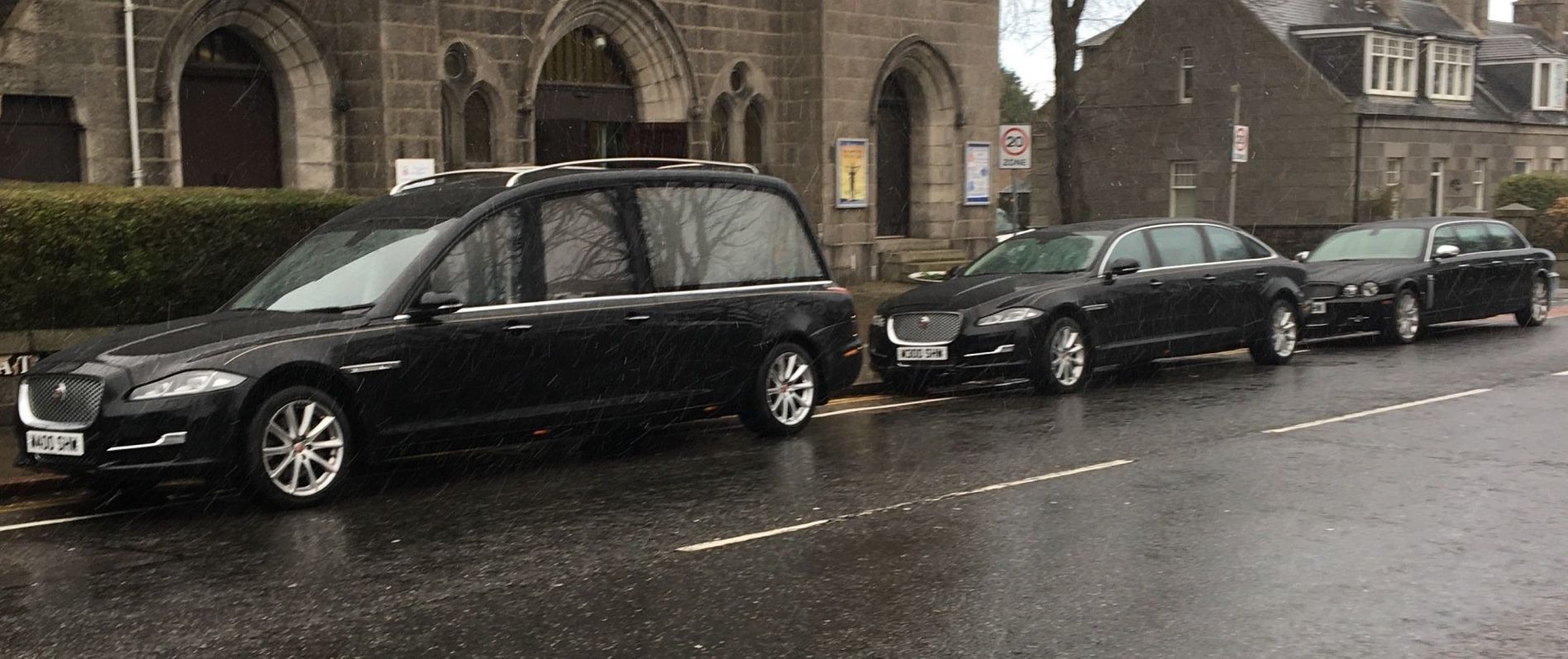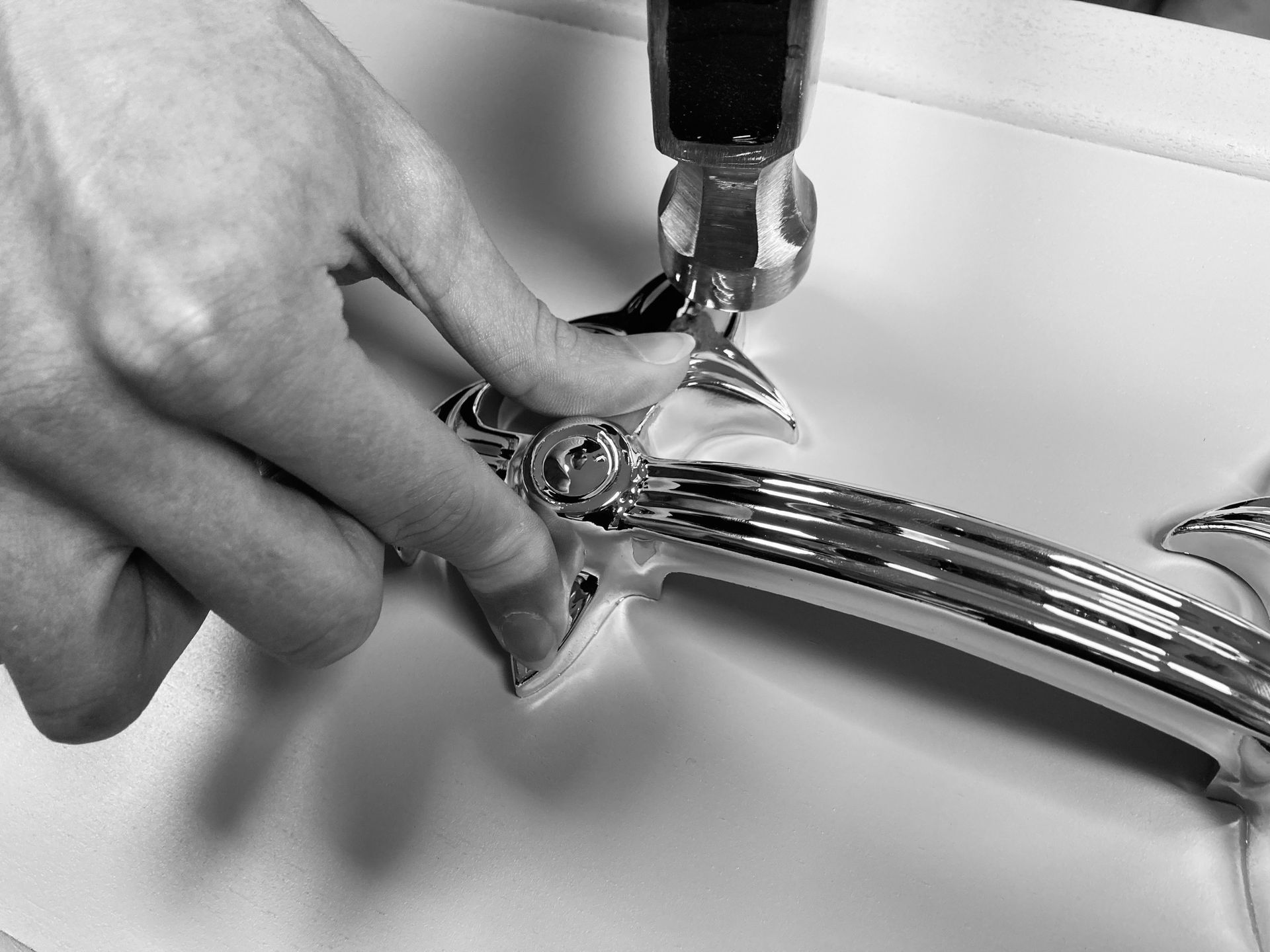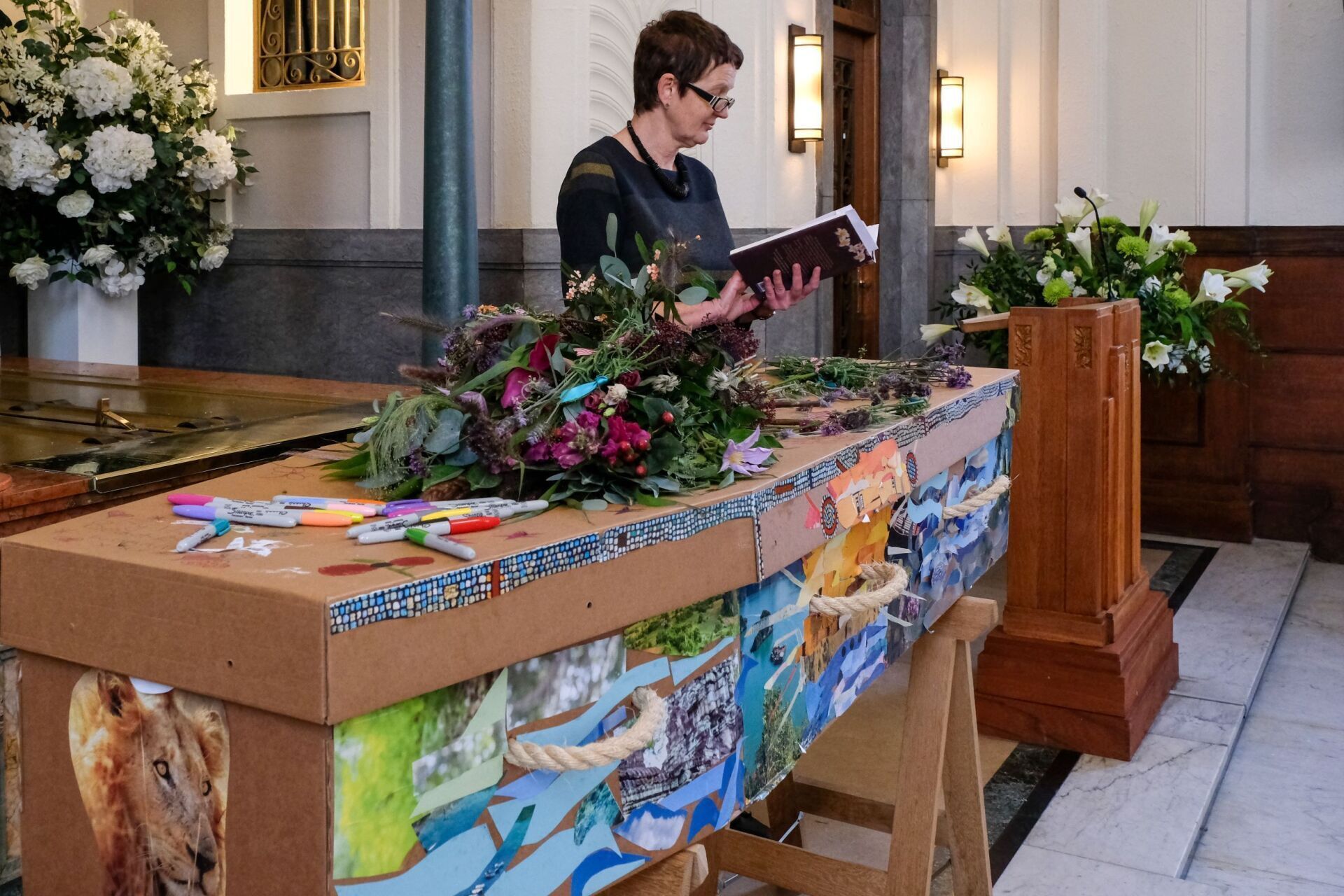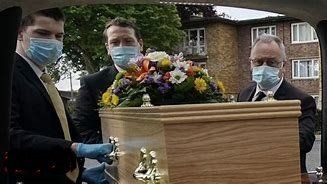Facing Christmas while grieving

Christmas can be a time of mixed emotions regardless of loss and bereavement. For some, it is a time of celebration and family tradition. Others can feel isolated or less involved in all the activities and hustle, all too aware that they are not joining in all that the Christmas season seems to assume.
For those facing bereavement whether recent or past, these stresses and balances can be even harder. There may be family whose company should be enjoyed, traditions which can hopefully carry on and every other good reason to enjoy the festivities. Yet there remains a sense of loss. Life has changed. How can you celebrate when mourning? How can Christmas be the same when someone special is missing from the table? There may even be a sense of guilt from celebrating when someone has died.
When someone has died during a previous Christmas season, it means that every year moving forward is not only Christmas, but brings the anniversary of the death and this carries its particular pain.
The first Christmas after someone has died will seem particularly difficult, regardless of when in the year they died. The first festive gathering without them. The first time that their contribution to the festivities is missing and just like every first event or anniversary after a death, it may seem especially difficult to face.
So are there ways to plan and anticipate for the Christmas season? A way to enjoy family time, celebrations and festivities without seeming to have forgotten who has died or ignore the grief you face?
Everyone’s approach will be different and there are no rights or wrongs. However, trying to make some sort of plan as to how you would like to face things may help.
If you want to cancel or significantly change Christmas activities, especially after a very recent bereavement, this is fine – it may just not seem right to carry on “as normal”. Perhaps you can do other things as a family. You may need to be alone, do something completely unrelated to Christmas, or have a very low key time with close family. This is fine.
“They wouldn’t want you to miss out” may be a phrase that comes to mind. The sense that the person who has died would not like to see their family miss a special time of celebration. If this is the case, its completely fine to continue as you always would have. You could incorporate into your time a specific way to remember and honour your loved one. Photos, music choice, candles, a time to specifically remember them and drink a toast to them.
You may not know in advance just how you will respond to different emotions. Build in some time and space should you wish to change the course of events or need to withdraw for some private reflection. If you are entertaining someone recently bereaved, reassure them that they can take part as they wish, whether “as normal” or with freedom and space to do so more quietly or distantly. And look out for each other. Not everyone needs to respond in the same way or at the same time.
There may be new traditions to begin. A visit to a grave to lay a wreath, a new remembrance decoration for the tree, a phone call or visit to someone you know faces Christmas alone. Some Churches hold a special memorial service at Christmas where you can go to join in an act of remembrance should you wish (whether or not you attend the church).
And remember, something may affect you which you hadn’t anticipated. Someone wishes you a Merry Christmas which is the last thing you feel, or a well meaning Christmas Card arrives from someone who has not heard the news. This could be upsetting but its unlikely to be anything other than a mistake or missed communication.
So, there really is no right or wrong way ahead. Take time to plan how best you can approach the season in a way which is comfortable for you. It won’t be easy but you will be fine, and hopefully those round about you will sensitively share the journey with you, as you share their journey with them.









